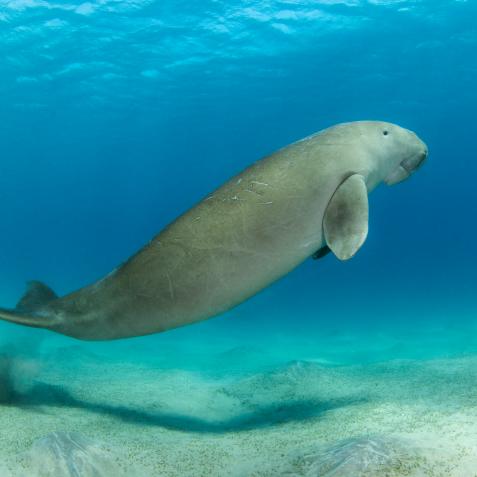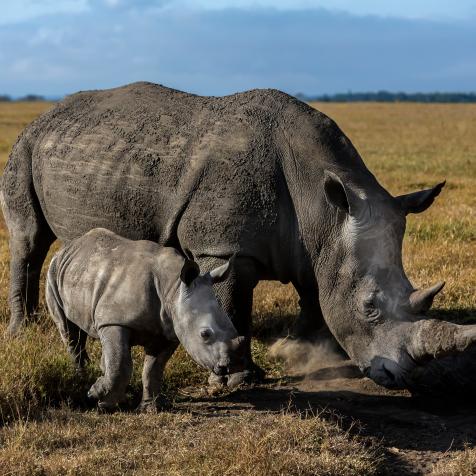
Paralaxis
Protecting Pink Dolphins and Piranhas Deep in the Amazon Jungle
Deep in the Amazon jungle, almost a two hour boat ride from the nearest town, lies a complex wetland system where pink dolphins, black caiman, exotic birds, piranhas, and endangered fish live.
Lagos de Tarapoto is the name of the system which is known for its eponymous lake, Lago Tarapoto, and it has recently been awarded one of the most protected statuses in the world. Scientists and indigenous locals alike now hope the lake — and its inhabitants — will be protected for years to come.
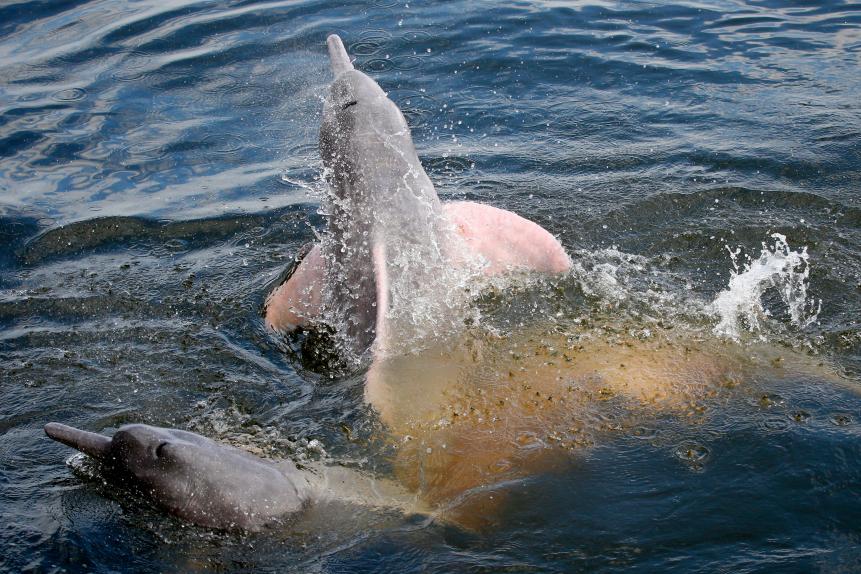
Ricardo Lima
“It is one of the main refuges for river dolphins in the Amazon,” Saulo Usma, Freshwater Specialist at WWF Colombia, told Discovery. “Tarapoto functions as a ‘nursery’ for dolphins and is a key place for their upbringing.” Usma highlighted the lake system is also a breeding site for fish, which are vital to the fishing livelihoods of the 22 indigenous communities living in the area.
“In addition, this Amazonian wetland is of great ecological importance because “it is one of the priority habitats for species at risk such as the black caiman, the pirarucú, the manatee, and the jaguar.”
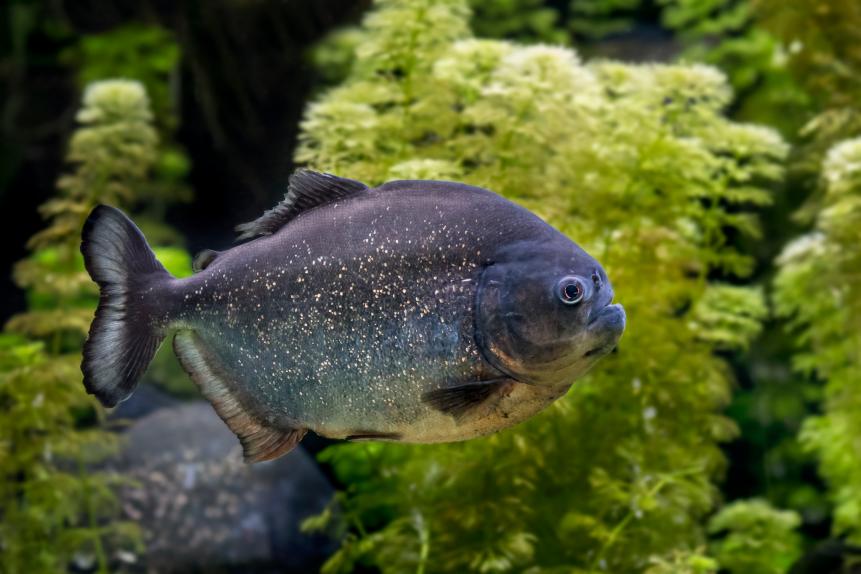
Arterra
Not only does the 154 sq mile region house dolphins and fish, but scientists who have conducted research into the wetlands for decades have identified as many as 900 plant species, 300 bird species, 176 fish, 56 reptiles, 46 mammals ,and 30 amphibians.
For five years, Colombian and international environmental organizations worked alongside the indigenous communities to campaign for the region to receive ‘Ramsar’ status under the Ramsar Convention. The convention is an intergovernmental environmental treaty established by UNESCO in 1971 to protect wetlands across the world. The Lagos de Tarapoto is the first wetland region in the Colombian Amazon to be given Ramsar status, but elsewhere in the world there are sites in Brazil, Macedonia, Canada, and the Democratic Republic of Congo, to name a few.
In 2018, Colombia’s Amazonian lake system was finally awarded the status.
Mariela Osorno, a researcher working for the Sinchi Institute, one of the organizations involved in the Ramsar campaign, said the status was important, as it would help tackle some of the main threats to the region.
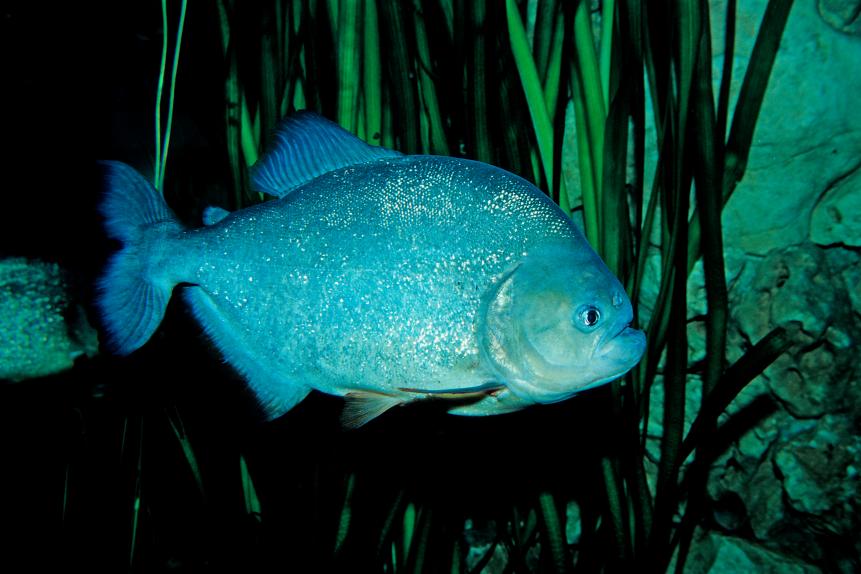
ullstein bild
“In general, wetlands in the neotropics, including the Tarapoto wetland complex, face threats associated with: deforestation, population growth, pressure for the use of natural resources, landscape transformation, pollution, and uncontrolled tourism activities,” she told Discovery.
Osorno added there has also been a “cultural erosion” in native communities, especially in the younger generations.
“[This is] as a result of the increased meddling of Western ways of life and the loss of their own language. These new realities affect the way in which the communities conceive the Amazonian world and the use of its natural resources, an aspect that results in a decrease in fishery and forestry resources and in the products planted in the “chagra” [a space created by indigenous communities to cultivate food] for their use and self-consumption.”















